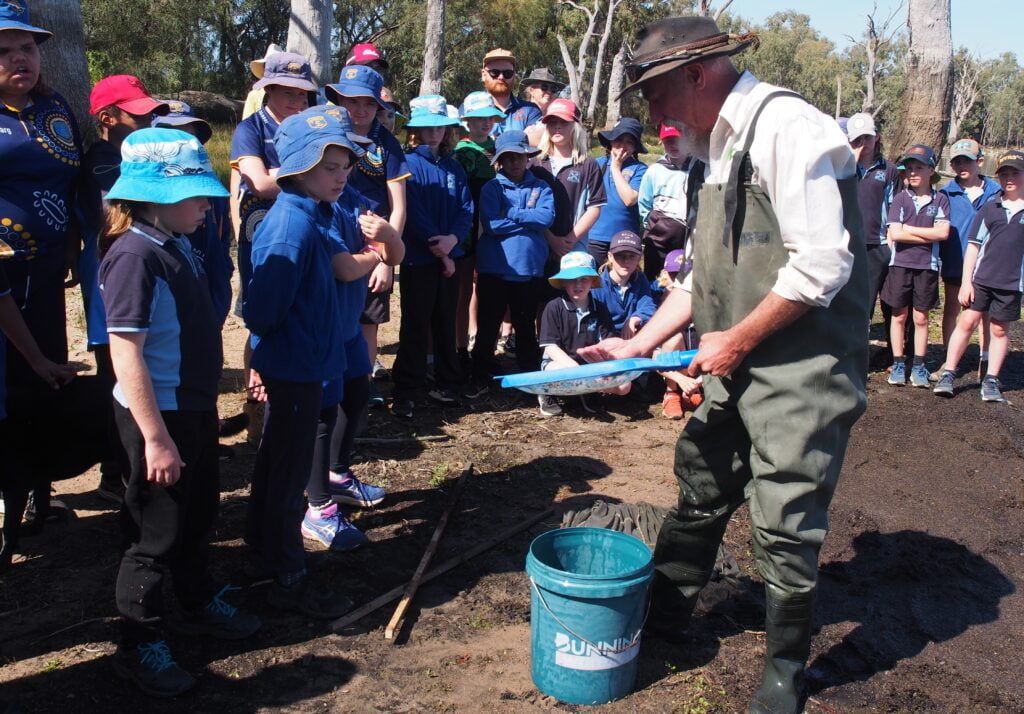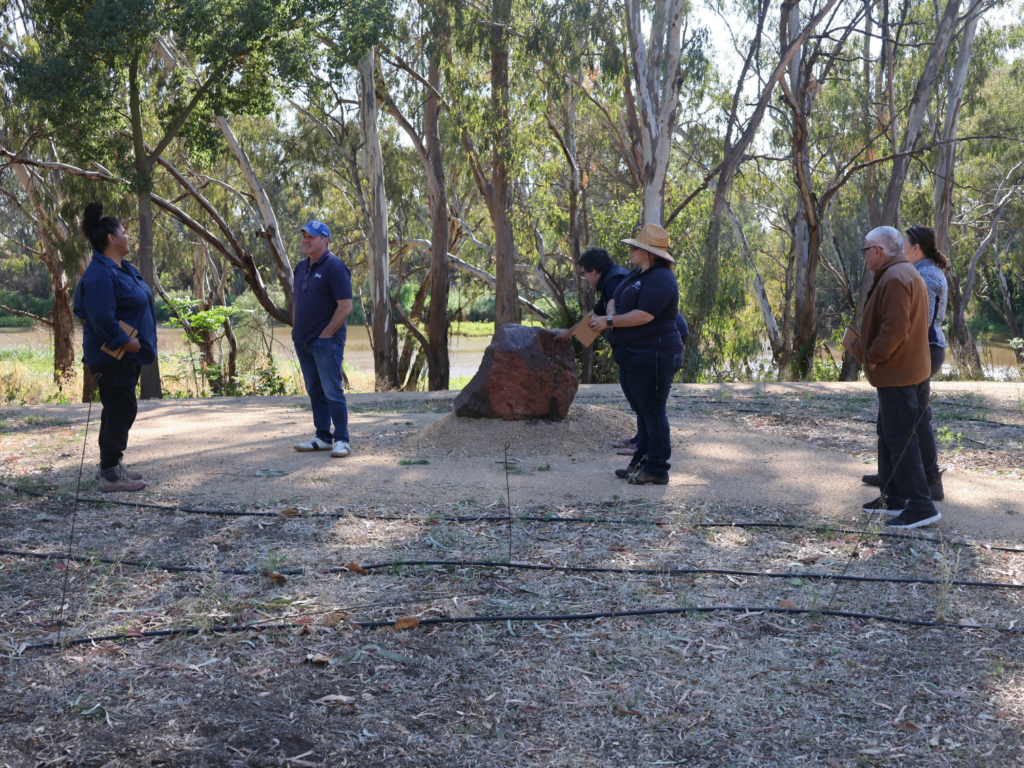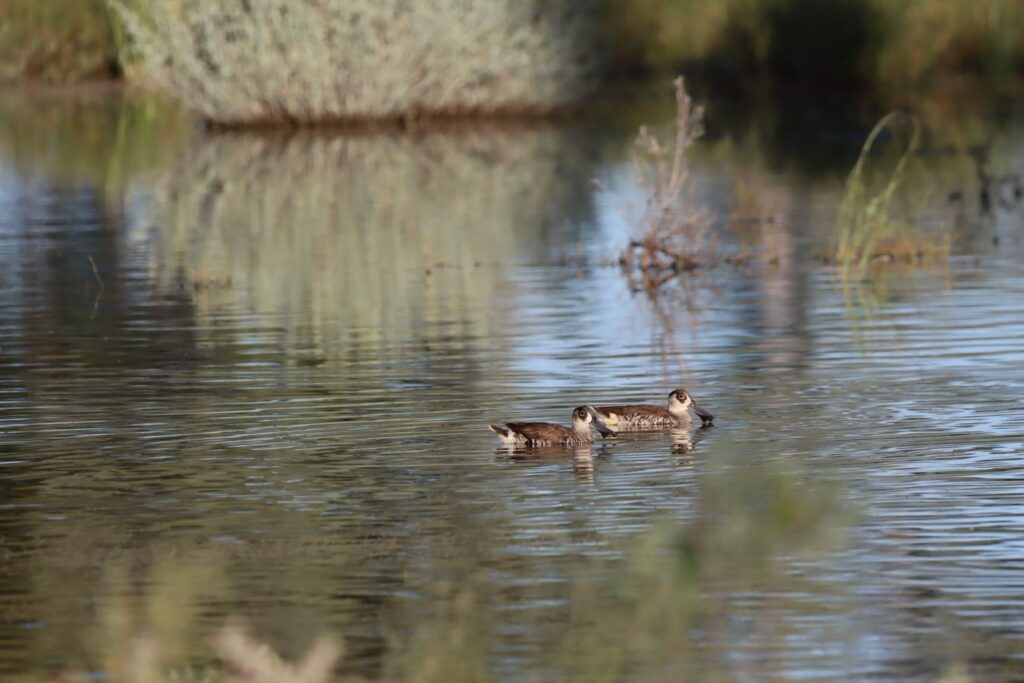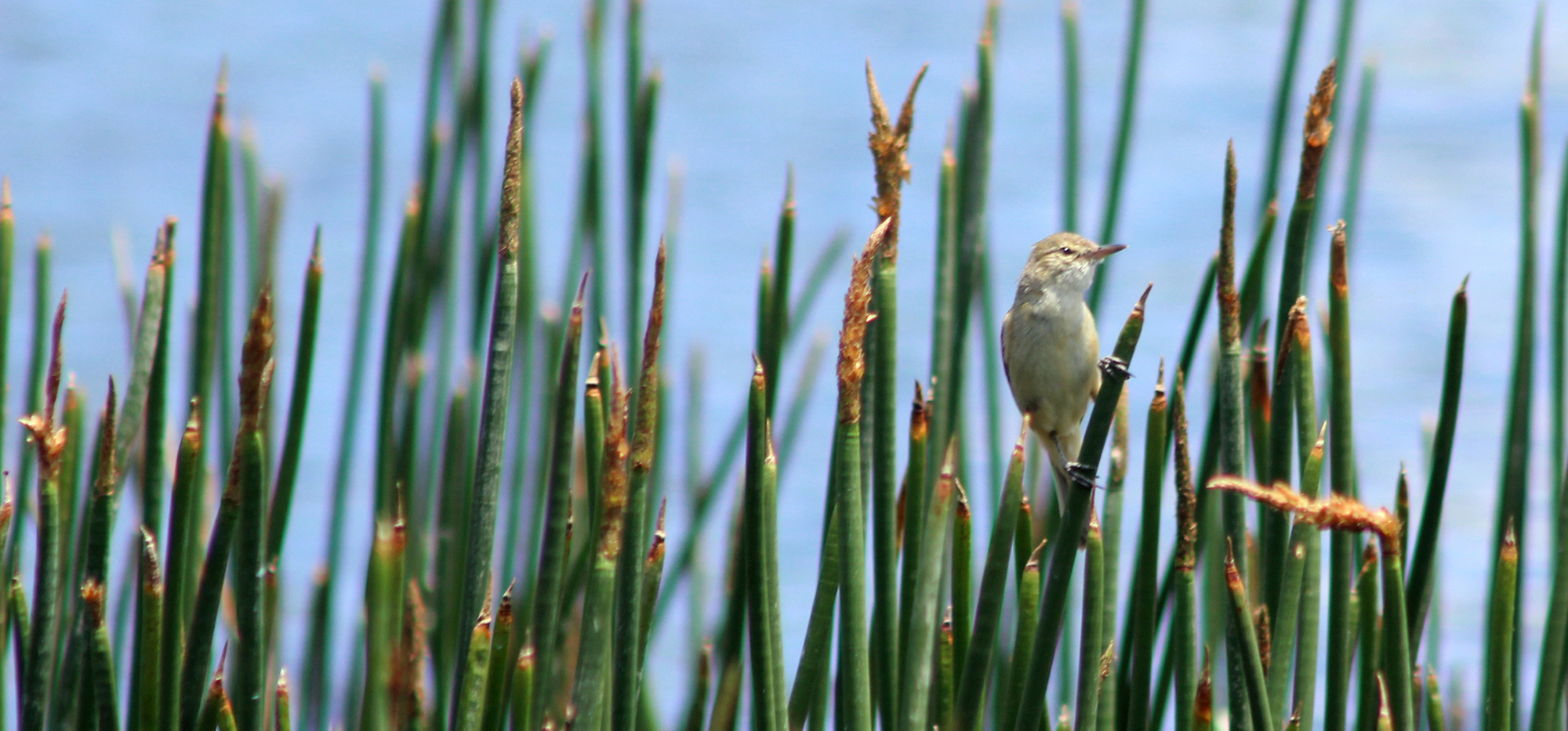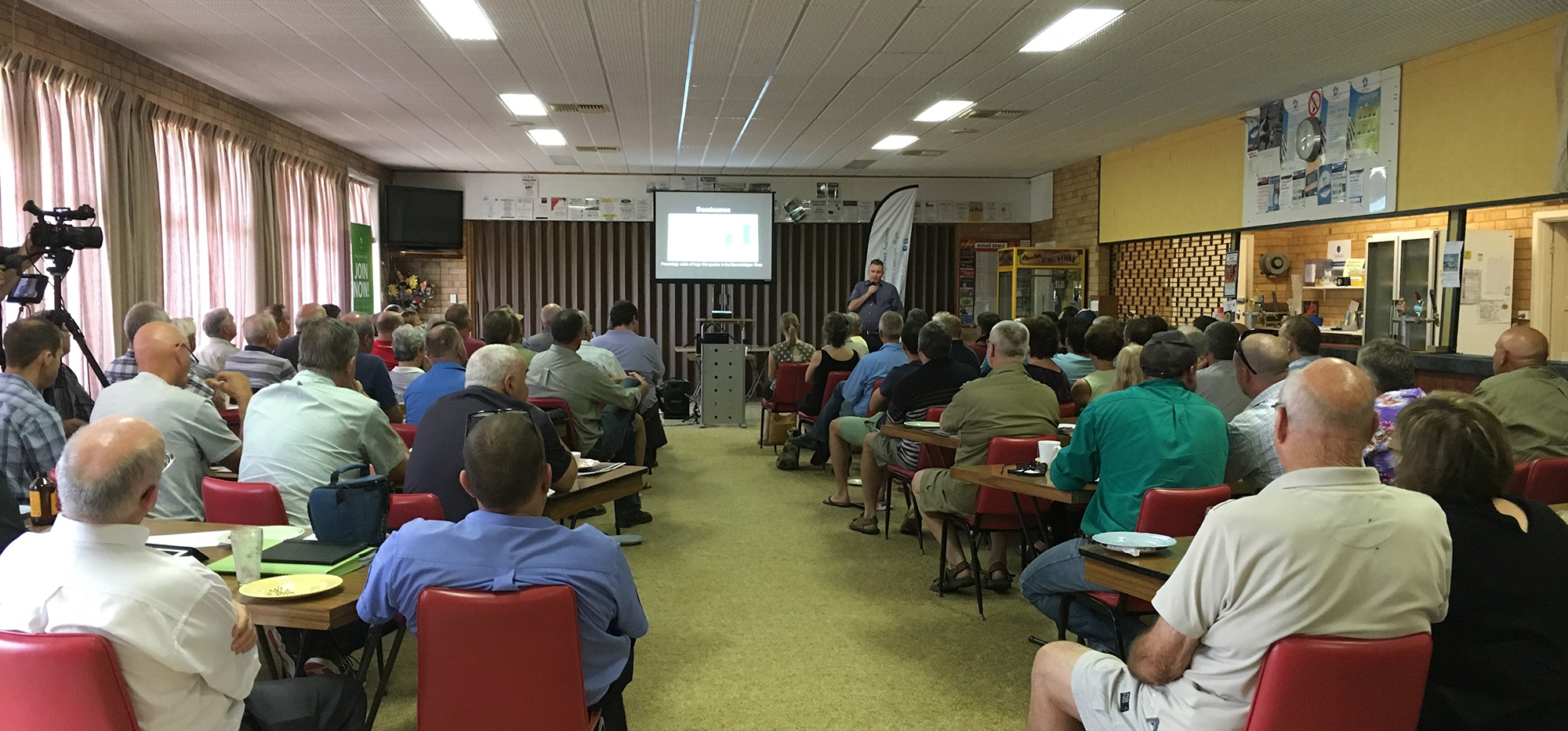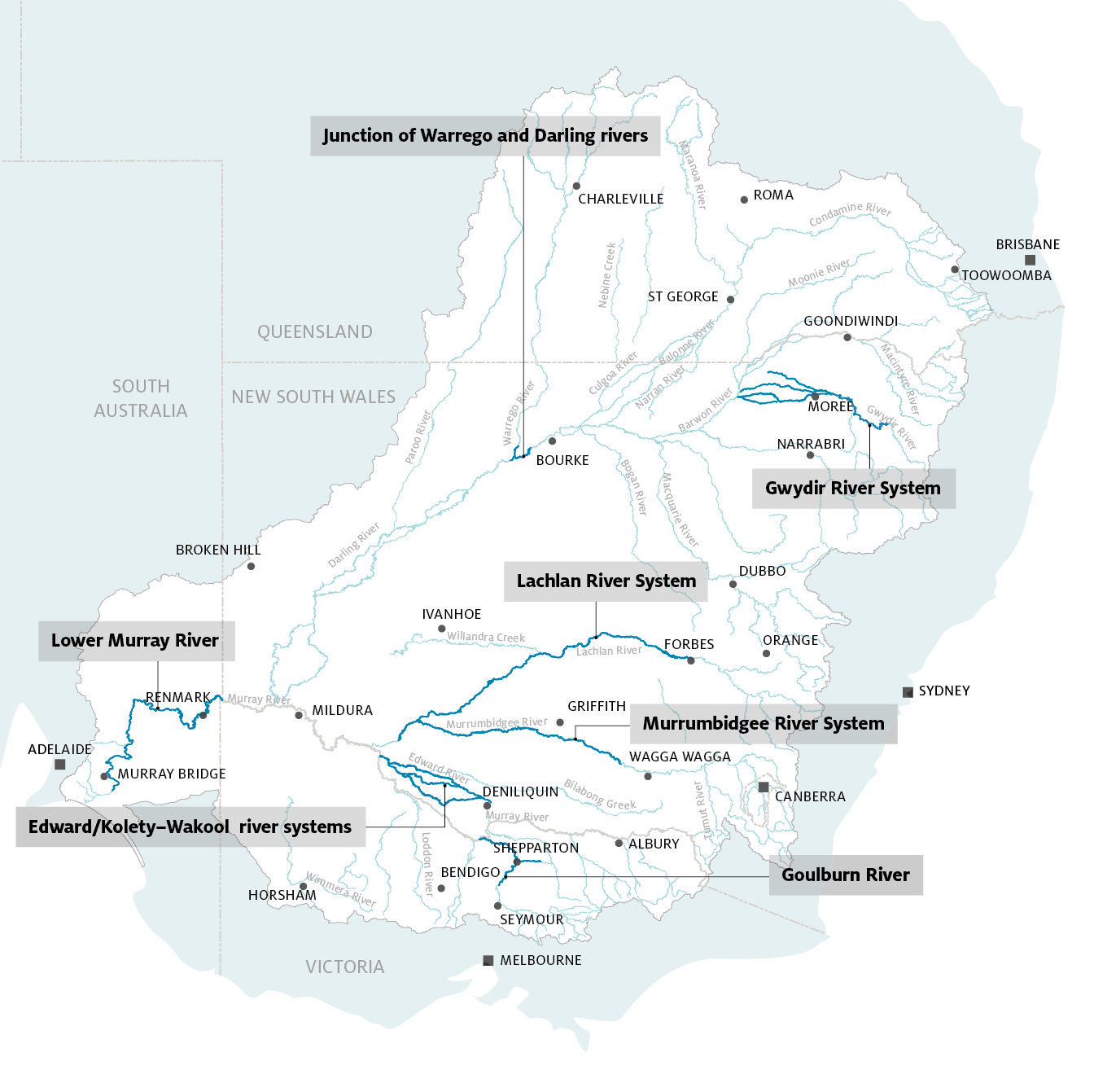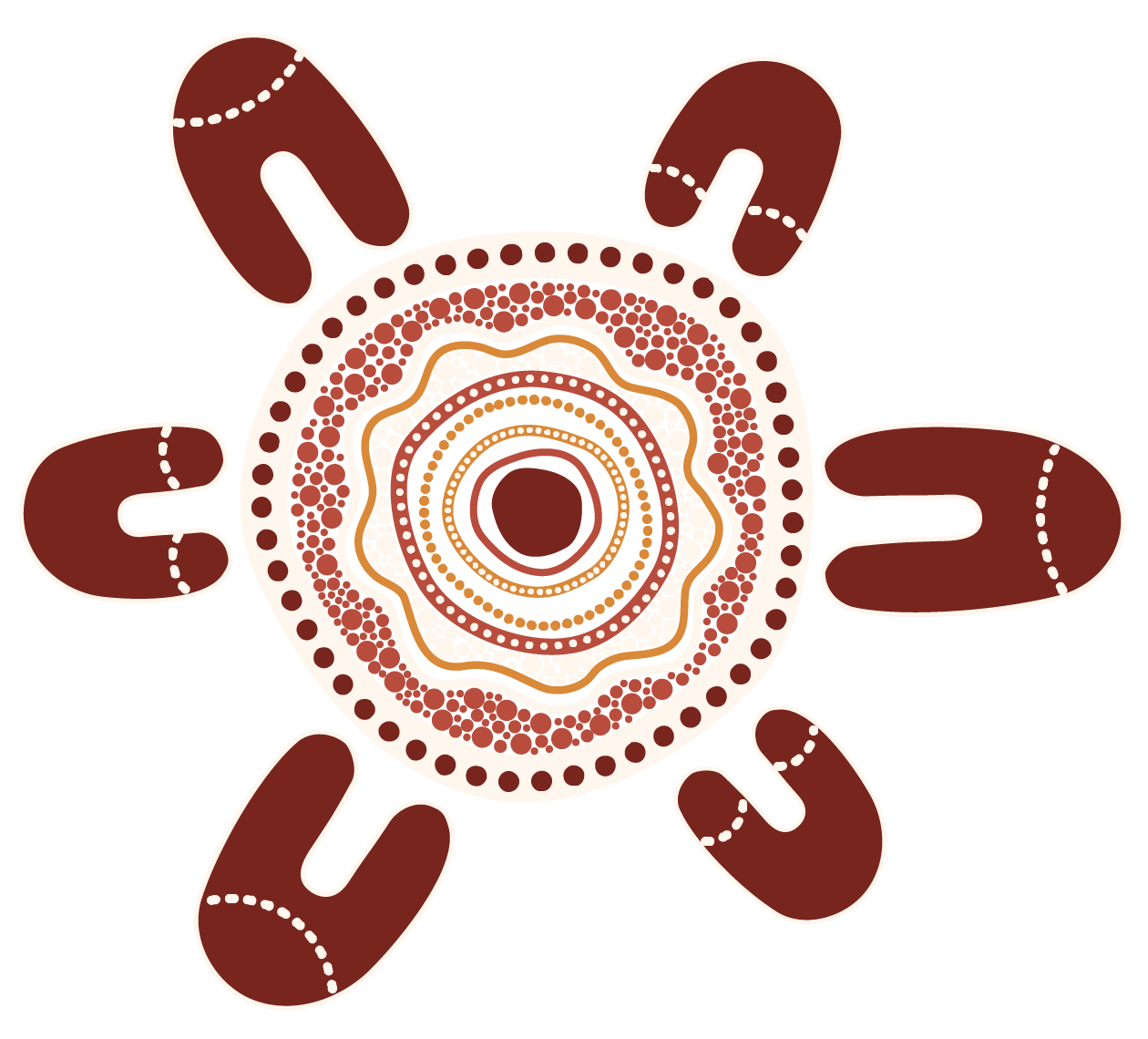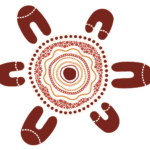The Flow-MER program team acknowledge and respect the Traditional Owners as the First Peoples of the lands and waters of the Murray Darling Basin.
We recognise their unique ability to care for Country and their deep spiritual connection to it. We honour Elders past and present whose knowledge and wisdom has ensured the continuation of culture and traditional practices.
We are committed to genuinely partner, and meaningfully engage, with Traditional Owners and Aboriginal communities to support the protection of Country, the maintenance of spiritual and cultural practices and their broader aspirations in the 21st century and beyond. In particular we acknowledge the Traditional Owners of the seven Selected Areas where Flow-MER research is focussed.


